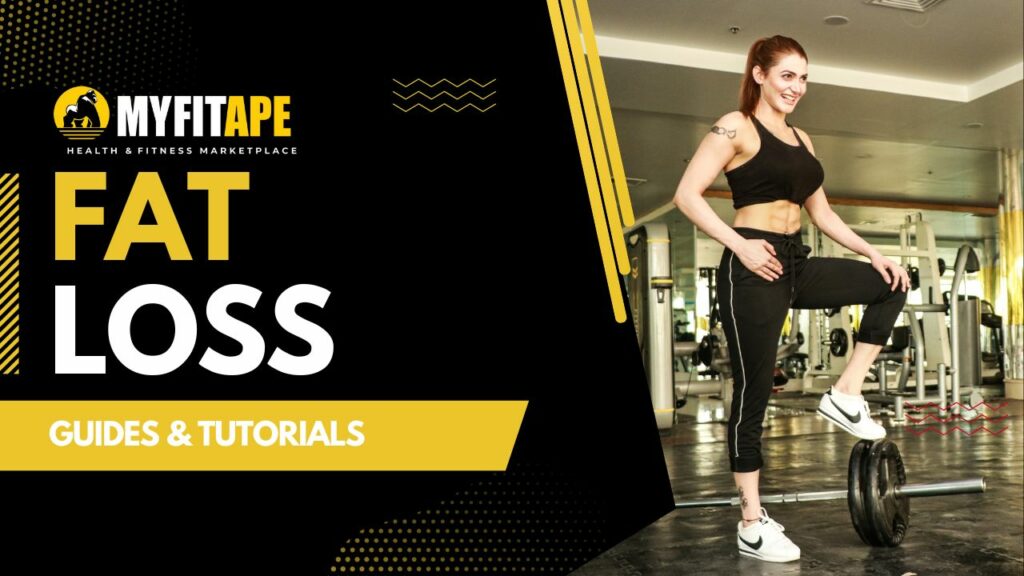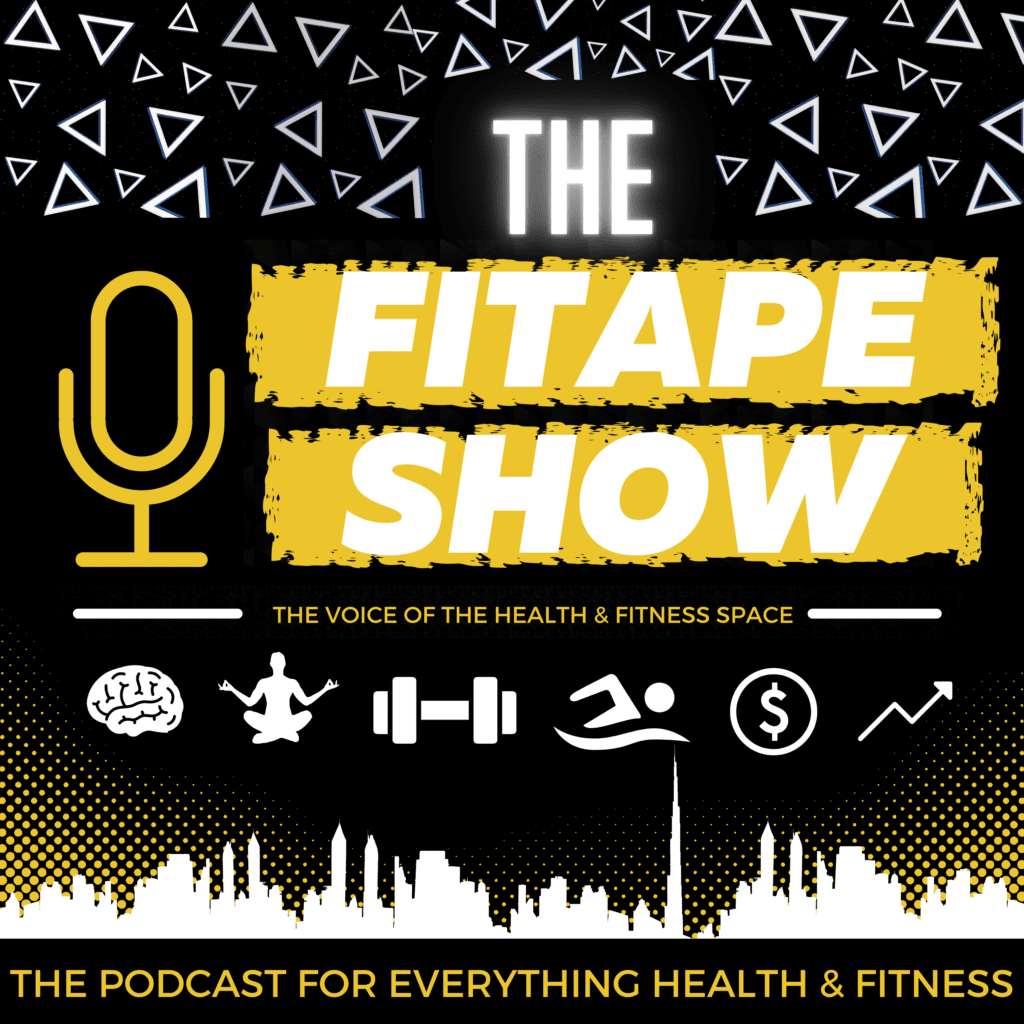Introduction
Do you find it hard to get rid of that extra fat on your body? Are you stuck in an endless loop of ineffective fat-burning workouts? Maybe it’s time to switch up the training routine and try full body training.
Full body training has become increasingly popular in recent years, and for good reason. It is an effective form of exercise that can help you burn calories, build strength and muscle, and reach your fitness goals faster. Plus, it’s a great way to save time in the gym.
What Is Full Body Training?
Full body training (also known as full body circuit training) is an intense workout that hits your entire body in one session. It is a type of strength training workout that combines movements from all major muscle groups into one session. The goal is to stimulate as many muscle fibers as possible and burn calories quickly.
Full body training workouts typically involve high-intensity strength and cardio exercises that are performed one after another with minimal rest periods in between. This helps to keep your heart rate up, which can help you burn more calories and fat during your workout.
Benefits of Full Body Training
Full body training is an effective way to reach your fitness goals faster. Here are some of the benefits of full body training:
- Burn more calories: Every full body workout will help you burn more calories in a shorter amount of time.
- Increase strength: Working out your entire body will help you build functional strength throughout your entire body.
- Improve balance and coordination: Depending on the exercises that you include in your full body workout, you can work on improving your balance, stability, and coordination.
- Maximize time efficiency: Because full body workouts are designed to include multiple muscles in a single session, you will be able to get a lot done in less time.
- Flexible: Full body training is incredibly versatile. You can modify and customize it to fit your individual needs and goals.
Full Body Training Workout
Full body training is simple and straightforward. Start with a warm-up to get your heart rate up, followed by a combination of strength and cardio exercises that work your entire body. Here is an sample full body workout routine:
- Cardio: 5 minutes of high intensity interval training (HIIT)
- Strength: 10 reps of push-ups, squats, lunges, burpees, and planks
- Cardio: 5 minutes of jump rope
- Strength: 12 reps of mountain climbers, box jumps, and toe touches
- Cooldown: 5 minutes of gentle stretching
Remember to rest for 30 to 60 seconds between exercises. And make sure to work up to your maximum effort each time.
FAQ
What is full body training?
Full body training is an intense form of strength-training exercise that hits your entire body in one session. It typically includes a combination of high-intensity exercises that focus on major muscle groups and are performed one after another with minimal rest in between.
What are the benefits of full body training?
Full body training can help you burn calories more quickly, build strength and muscle, improve balance and coordination, and maximize time efficiency.
How can I get started with full body training?
The best way to get started with full body training is to have a clear plan in place. Think about what exercises you want to include in your routine (e.g. cardio, strength, etc.) and create a workout that works for you. Make sure to rest between exercises, and work up to your maximum effort each time.





